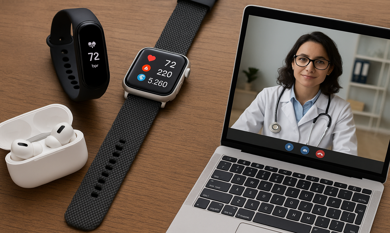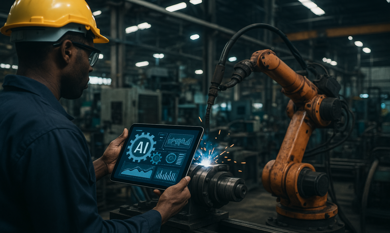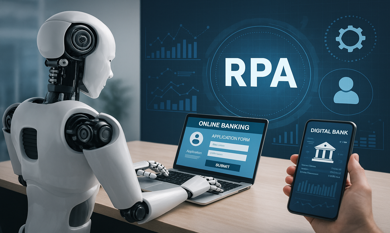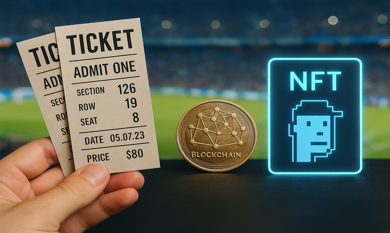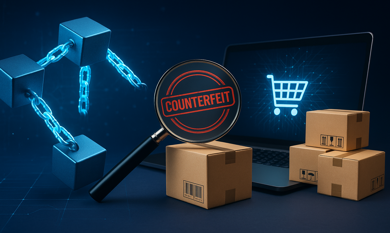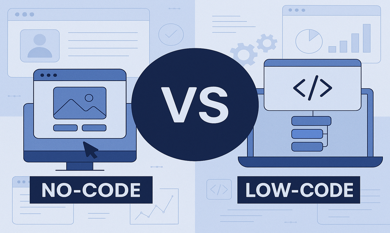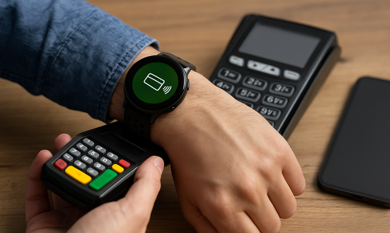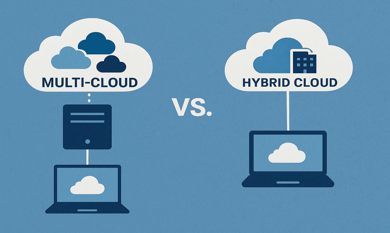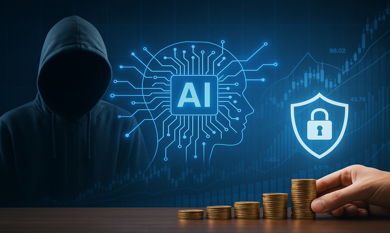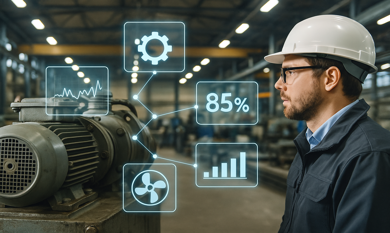Industrial kitchens, whether in large-scale restaurants, food manufacturing units, or institutional facilities, face persistent challenges in managing exhaust systems. The accumulation of grease, heat, smoke, and airborne contaminants not only hampers operational efficiency but also poses health, safety, and regulatory risks. To address these issues, industries are increasingly embracing the Internet of Things (IoT) and smart sensors for intelligent kitchen exhaust management.
Understanding the Role of IoT and Smart Sensors
IoT technology allows physical devices to communicate and share data via the internet. In kitchen exhaust systems, IoT-enabled smart sensors can monitor real-time data related to temperature, humidity, smoke density, airflow, and particulate matter. These sensors are embedded within the exhaust systems and connected to a centralized monitoring dashboard, enabling facilities to detect inefficiencies and respond proactively.
Smart sensors provide continuous updates, enabling maintenance teams to identify potential issues before they escalate. For example, if grease accumulation begins to restrict airflow, sensors can alert the facility manager, reducing fire hazards and improving overall safety.
Benefits of IoT in Kitchen Exhaust Management
1. Real-Time Monitoring and Alerts
IoT sensors collect and transmit data in real time, ensuring prompt notifications for anomalies. This immediate response mechanism allows maintenance teams to take timely action to prevent downtime or equipment failure.
2. Energy Efficiency
Smart sensors adjust fan speeds and ventilation settings based on real-time cooking activity, helping reduce unnecessary energy consumption. Over time, this leads to substantial energy savings.
3. Predictive Maintenance
By analyzing data trends, IoT systems can predict when cleaning or maintenance is needed. This minimizes manual inspections, reduces costs, and prevents sudden breakdowns.
4. Compliance and Safety
Maintaining proper air quality and ventilation is essential for complying with occupational health and safety regulations. IoT-enabled systems offer verifiable logs and data reports that support compliance efforts.
5. Remote Access and Automation
Through cloud integration, industrial kitchen exhaust systems can be monitored and controlled remotely. Facilities managers can receive updates, issue commands, or schedule maintenance from anywhere, ensuring uninterrupted operations.
Use Cases in Industrial Kitchens
- Food Manufacturing Plants: IoT sensors help manage exhaust during intensive cooking, frying, and baking operations.
- Hospital Kitchens: Maintain sterile and safe air environments while ensuring kitchen staff safety.
- Commercial Restaurant Chains: Centralized control and standardization across multiple locations.
Smart Sensor Technologies in Use
Several types of sensors are pivotal to kitchen exhaust management:
- Gas Sensors: Detect hazardous gases like CO and NO2.
- Temperature Sensors: Monitor cooking intensity and prevent overheating.
- Particulate Matter Sensors: Track smoke and grease concentration.
- Airflow Sensors: Ensure efficient ventilation.
- Humidity Sensors: Regulate moisture levels to prevent bacterial growth.
These sensors are often integrated with AI-driven analytics platforms that help interpret data, trigger alarms, and generate maintenance reports.
Challenges and Considerations
While IoT offers significant advantages, deploying smart exhaust systems comes with its challenges:
- Initial Investment: The upfront cost for sensor installation and integration may be high.
- Data Security: With cloud connectivity, cybersecurity must be prioritized to protect sensitive operational data.
- Interoperability: Ensuring that IoT devices from different vendors work seamlessly together is essential.
Integration with Cloud and Web Technologies
To fully leverage IoT in exhaust management, integration with cloud computing and web app development services in Dallas is vital. Cloud platforms store sensor data and facilitate advanced analytics. Meanwhile, web applications provide user-friendly dashboards for real-time monitoring and control.
Cloud consulting services in Dallas can assist in designing scalable, secure, and efficient infrastructures that align with the needs of industrial kitchens. They help manage storage, security, compliance, and system uptime while ensuring easy scalability.
AI Development Services in Dallas for Exhaust Intelligence
Artificial Intelligence enhances IoT functionalities by enabling pattern recognition, anomaly detection, and automated decision-making. Partnering with AI development services in Dallas allows businesses to create customized algorithms that optimize exhaust system performance and reduce manual intervention.
Commercial Benefits
IoT-powered kitchen exhaust systems help reduce operational costs, energy bills, and insurance premiums due to improved safety. With fewer breakdowns, businesses avoid revenue loss from downtime. Additionally, verifiable compliance data can protect organizations from regulatory fines.
Development ROI
The return on investment is clear when you consider the combined impact of predictive maintenance, reduced energy consumption, and prolonged equipment life. Within a year or two, most organizations recover their initial costs and continue saving significantly over time.
Conclusion
As industrial kitchens move towards automation and data-driven decisions, IoT and smart sensors play a transformative role in exhaust management. From ensuring air quality to enhancing equipment longevity, these technologies pave the way for smarter, safer, and more efficient operations.
Partnering with a reliable low code no code app development company in Dallas such as Theta Technolabs can help integrate these solutions into your broader digital ecosystem. With expertise in Web, Mobile, and Cloud, Theta Technolabs can deliver tailored platforms that streamline monitoring and control.
Ready to build a smarter kitchen exhaust system?
Reach out to us at sales@thetatechnolabs.com to learn more about how we can transform your industrial setup with IoT.



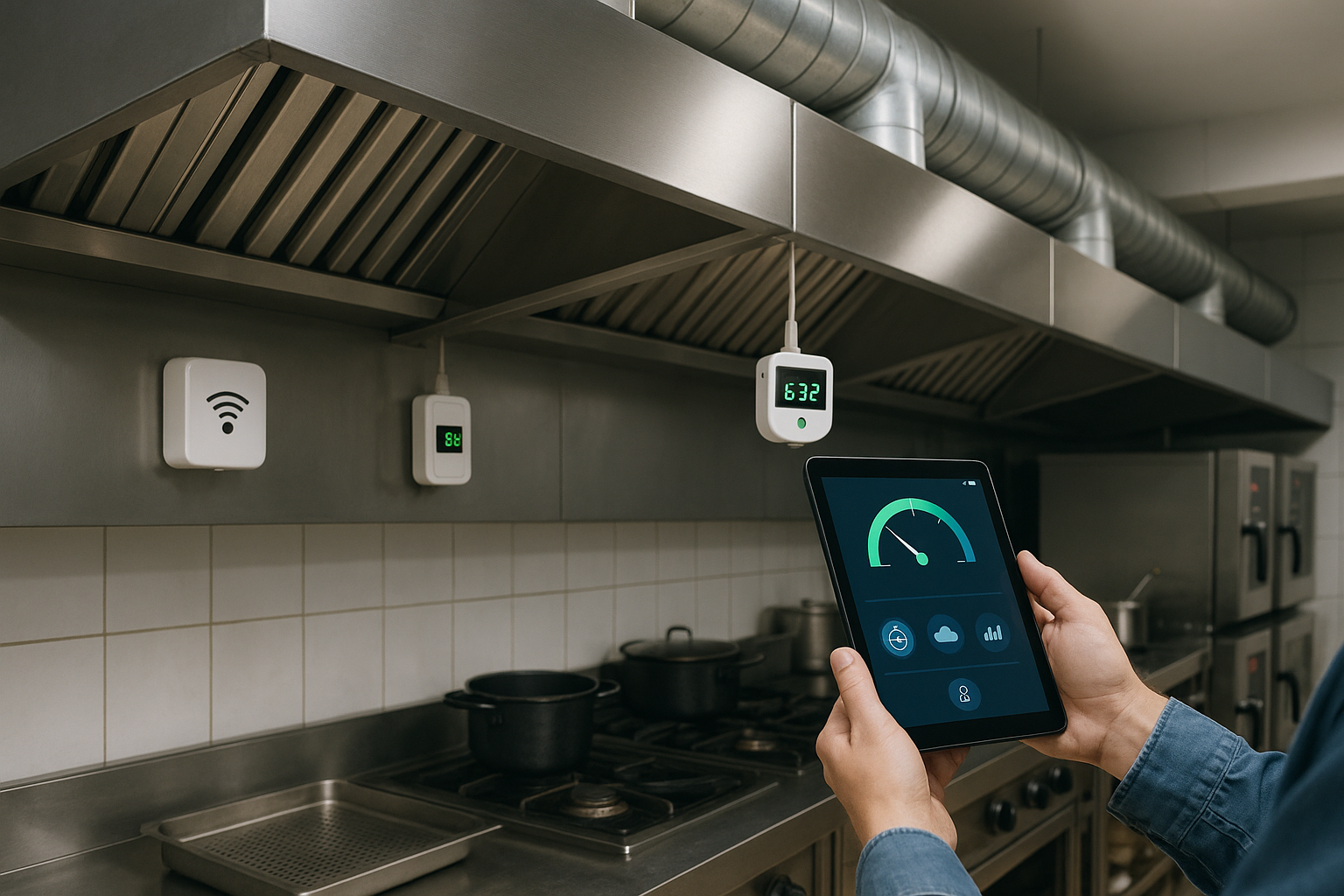


















_Choosing%20the%20Right%20App%20Development%20Company_%20A%20Comprehensive%20Guide_Q1_24.jpg)
_Chatbots%20for%20Event%20Management%20and%20Hospitality%20Services_Q1_24.jpg)
_Best%20iOS%20App%20Development%20Company_%20Enhancing%20User%20Engagement%20with%20Push%20Notifications_Q2_24.jpg)
_Key%20Trends%20in%20Healthcare%20Software%20Development%20for%20the%20Future_Q2_24.jpg)
_How%20much%20does%20it%20cost%20to%20create%20an%20android%20app%20in%202024%20for%20Startups_%20A%20detailed%20guide_Q2_24.jpg)
_Integrating%20Chatbots%20Into%20Your%20Application.jpg)


_Enhancing%20Driver%20Safety%20and%20Compliance%20with%20Web%20Apps%20in%20the%20Logistics%20Sector_Q3_24.jpg)
_Web%20Apps%20for%20Retail%20and%20eCommerce_%20Streamlining%20Operations%20and%20Reducing%20Costs_Q3_24.jpg)
_How%20AI%20is%20Enhancing%20Construction%20Site%20Surveillance%20and%20Security%20in%20Dallas_Q3_24-1.jpg)
_The%20Impact%20of%20Cross-Platform%20Apps%20on%20Real%20Estate%20Market%20Trends%20in%20Dallas_Q3_24-1.jpg)
_Streamlining%20Appointment%20Scheduling%20with%20Cloud%20Computing%20in%20Dallas%20Healthcare_Q4_25.jpg)
_How%20Cloud%20Solutions%20Are%20Enhancing%20Remote%20Patient%20Monitoring%20in%20Healthcare_Q4_25.jpg)










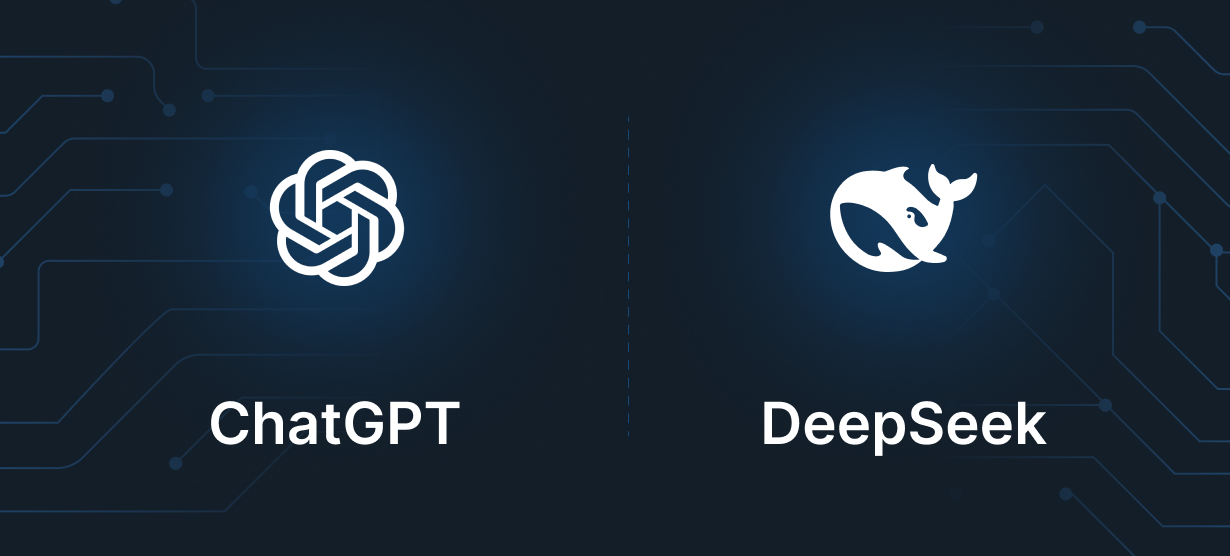




















.png)




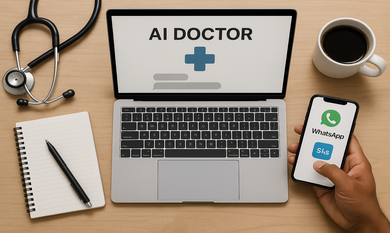

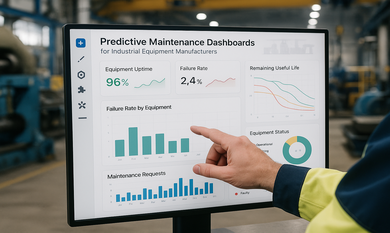
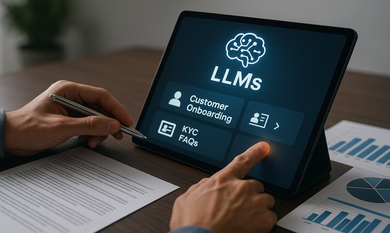




.png)

.png)
.png)
.png)
.png)


.png)
.png)
.png)
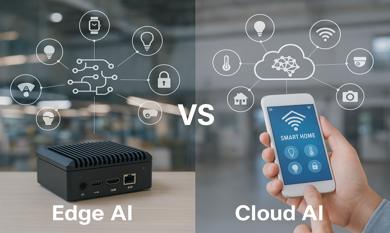
.png)



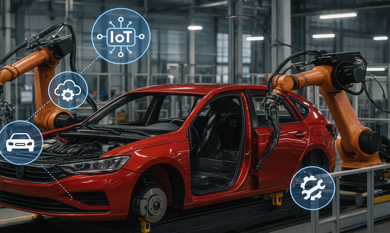

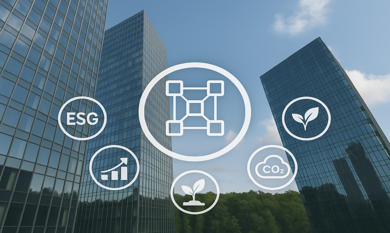
.png)
.png)

